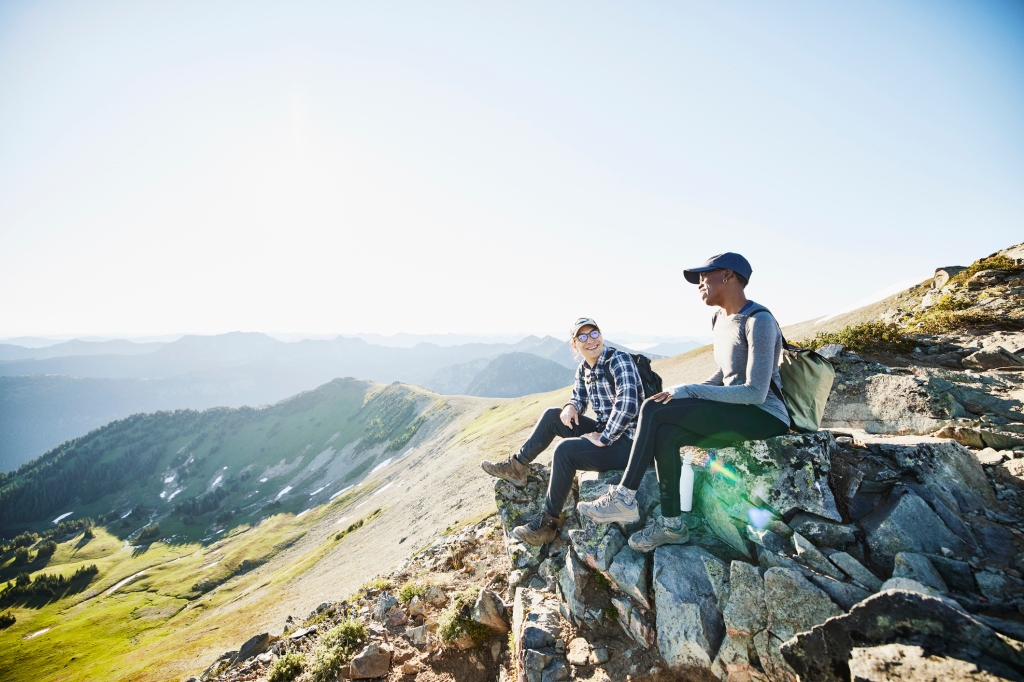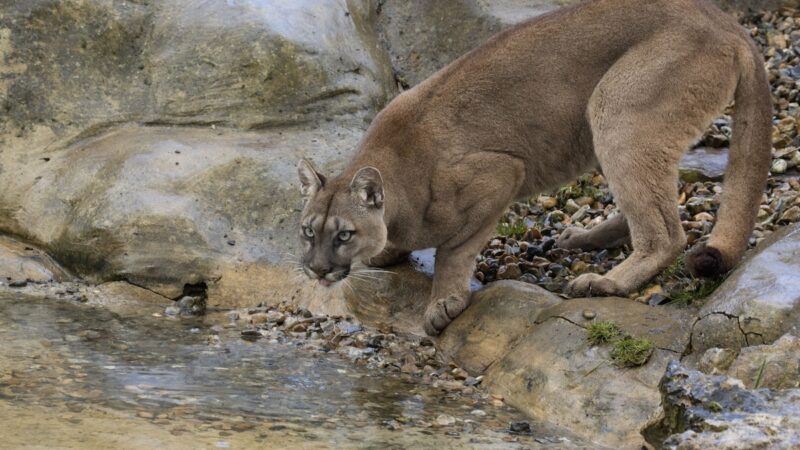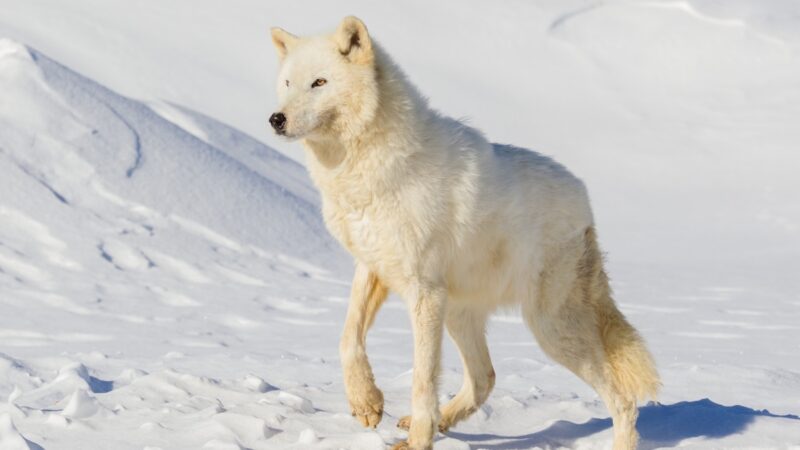How to Spot Dehydration Before It’s Too Late
Late June 2021, Lake Tahoe, California. It’s maybe 82 degrees, but along the trail, there’s no shade from trees. There’s also no water. Five miles (uphill) until the next water source; nine miles from the previous one. The three liters of water we carried in are almost gone between my dog and me. The sun just won’t shut up, and at 7,000 feet in the sky, the heat feels like a sauna. How are we going to make it? My routine has become: walk 200 feet, stop; walk 300 feet, stop; walk 150 feet, stop. A gel packet is the closest thing I had to liquid but it plugged up my already burdened salivary glands like glue on sawdust. Two miles left to go, but it feels as gargantuan a task as walking clear across the country. Count to 50 steps and subtract that from the 10,560 feet left. 50, 48, 36…wait, did I skip a number? Start over. 50, 48, 42…
This was the first day of my Tahoe Rim Trail (TRT) hike. To say I was unprepared is an understatement. In these desperate miles, I contemplated what it would be like to die so close to home, so close to where I ate dinner the night before, so close to the country’s largest alpine lake.
Dehydration is more than just being thirsty. It’s a serious predicament in the backcountry that results in physical and psychological symptoms. “It’s not just to cool us off,” says Graham Prather, education manager for NOLA Wilderness Medicine. “Our body needs water. Our brain needs water. Our digestion needs water. We can’t live without it.” Dehydration also causes a decrease in muscle strength and anaerobic power, which, when we are demanding the most from our bodies, puts us at greater risk of injury. In colder climates and during winter, dehydration can lead to maladies like frostbite and hypothermia.
Here, the symptoms to look for and ways to alleviate dehydration during outdoor adventures so we can all avoid days like I had on the TRT.
Know the symptoms of dehydration

A 2021 hydration study conducted among collegiate track and field athletes for the Journal of Human Kinetics found that 50.5% of participants “erroneously believed thirst was the best indicator of dehydration.”
In fact, the most obvious symptom of dehydration is low urination or urination that is dark or smelly, Prather says. Other physical indicators, such as changes in vitals, can be trickier, but generally, an elevated heart rate at rest (to someone acclimated to an area’s elevation), paling skin or trouble sweating may also be caused by dehydration. “The body is going to try and respond to less [fluid] volume in your system by messing with your vital signs,” he says.
Shifts in mood may be dehydration indicators as well. “The brain just doesn’t do well when it starts to get dehydrated,” he says. “So we can expect folks to be maybe a little foggy…tired, fatigued, maybe making poor decisions.”
One important thing to note is that when traveling into new environments, you might not be as attuned to what your body needs in terms of hydration. “Especially in drier climates, sweat tends to evaporate much more quickly than in humid environments,” says Prather. “Because your shirt isn’t soaked the same way it would be back in a more humid environment [you might not feel like you’ve been sweating that much].”
Because some of these symptoms can present under other stressors, Prather points back to monitoring urine output and water intake to truly have a handle on your hydration level. You should also take the following steps to stay safe in the great outdoors.
Hydrated before your adventure

The National Athletic Trainers’ Association (NATA) recommends that athletes drink approximately 500 to 600 milliliters (17 to 20 ounces) of water three hours before engaging in their sport, and an additional 200 to 300 milliliters (6 to 10 ounces) up to 20 minutes before. Ife your “sport” is an all-weekend backpacking trip, you want to be conscious of your water intake for days beforehand. “Be thinking about hydration, Prather says. “Not right when you get to the trailhead, but be thinking about it a couple of days in advance.”
Dial in your water needs—and plan accordingly
It’s also essential to prepare your water rations for an increase in activity. “[Too often] we’re still trying to drink a similar amount of water as we would if we were just sitting in a climate-controlled building every day,” Prather says. NATA recommends preparing to drink 200 to 300 milliliters (6 to 10 ounces) every 20 minutes while exercising, which is good rule of thumb for an all-day hike as well.
Take breaks as needed

With so much exertion, let alone incredible scenery, you may not realize something is amiss in your hydration if you just keep powering on. “If you notice that you’re starting to feel off, really pause and take stock of yourself,” Prather says. Pausing for a rest is important, especially if you realize you may be under-hydrated, says The American Hiking Society: “A dehydration victim should not exert themselves for several hours at the very least…lying in a cool, shady spot, with their feet elevated.”
Sip slowly to retain more hydration
You’ve finally made it to a water source and you realize you’re thirsty (or worse: in danger of dehydration). Don’t overdo it! Chugging water won’t do much but waste the water you have access to. “The body is only going to be able to reabsorb water to a certain extent over a certain period of time–about a quarter of a liter every 15 minutes, give or take,” Prather says. Best case: Your body doesn’t absorb enough water. Worst case: You get a stomachache or throw up.
Don’t forget about electrolytes

When you sweat, you don’t only lose fluids; you also lose important salts and other electrolytes that help your body regulate its hydration levels. And while you’re exerting, you’re also burning up energy stores that you need to replace to keep going. Premade drink mix packets or electrolyte gel are great sources, or the American Hiking Society recommends sipping on water with a dash of salt and sugar.
Source: https://outdoors.com/signs-of-dehydration-outdoors-hiking/







